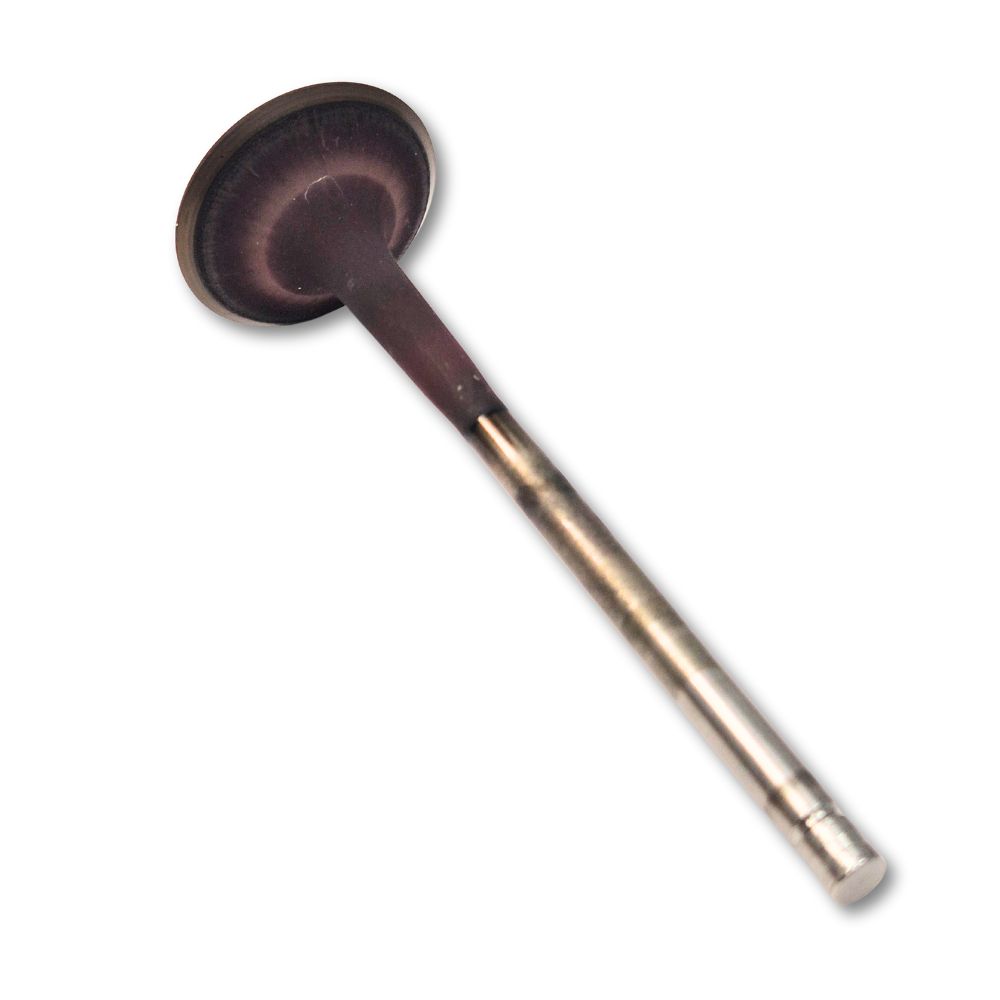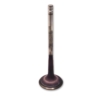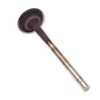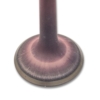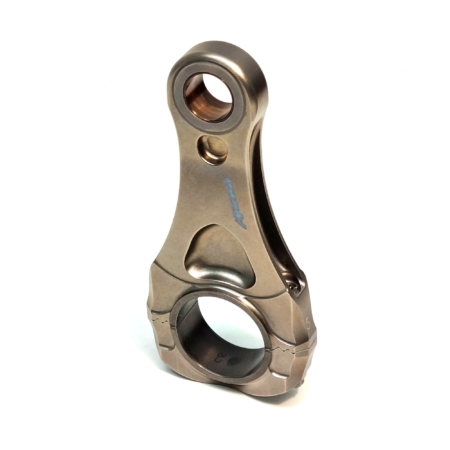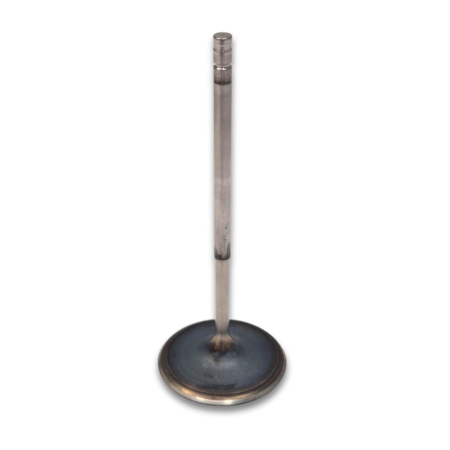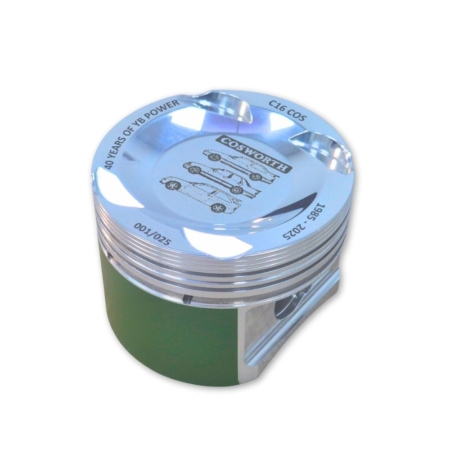Description
How do you fancy having a Cosworth Formula 1 exhaust valve on display in your home or office? Well, exclusive to Modatek, we have a small number of Formula 1 exhaust valves that were fitted to the Cosworth CA2010 engines, raced between 2010 and 2013.
Cosworth CA Engine
The final Formula 1 engine from Cosworth, codenamed the CA, took all of the knowledge gained from decades of competition in F1 and turned this know-how into probably one of the best Cosworth engines ever. The CA was introduced in 2006 with Williams, and saw Cosworth return to the production of V8 normally aspirated engines that began with the DFV back in 1967. Capable of 20,000 rpm, the CA became the new benchmark for F1 powerplants.
After a brief sabbatical, Cosworth returned to the grid in 2010 with an updated version of the CA. By now the rules had dropped the maximum speed to 18,000 rpm. Nevertheless, the CA2010 engine was still able to produce in excess of 775 bhp. Consequently, the CA2010 was the ideal choice for both Williams and for the three new teams in F1 (Virgin Racing, Lotus Racing and Hispania Racing).
The CA2010 engine was raced for four seasons, bowing out at the end of 2013.
You can watch a short video we put together of a Cosworth CA2010 engine being pushed through its paces on Cosworth’s transient dyno at speeds of up to 18,000 rpm – just click here.
Cosworth Formula 1 Exhaust Valve
The exhaust valves in any engine are usually the hottest components, and this is especially true for those in a Formula 1 engine. In addition, at speeds of 18,000 rpm the exhaust valve is moving up and down 150 times per second, so it has to be able to withstand immense loads. Hence a Formula 1 exhaust valve has to be able to dissipate heat and be as light as possible.
The Cosworth CA2010 exhaust valve does both of these jobs by having a hollow cavity that extends from the tip of the valve down to the valve head. Inside this cavity is sodium, which is an excellent material to transfer heat away from the valve head. At temperatures of over 100 ºC the sodium becomes a liquid, and it will then slosh up and down the valve as the valve reciprocates.
Please note that these valves have been run and hence have carbon deposits on the head and blend radius to the stem.
Details:
- Length= 110.5 mm
- Head diameter = 35.0 mm
- Weight = 33 g
- Material = High strength titanium alloy, sodium filled


